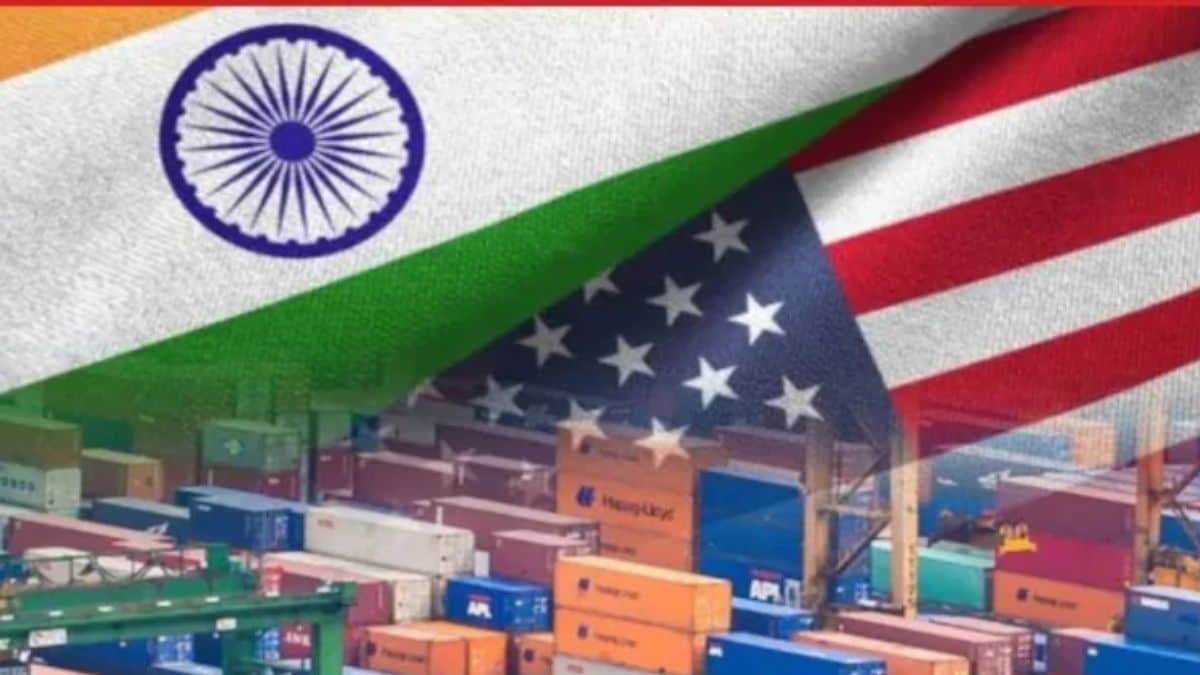

As the July 9th deadline approaches for a potential interim trade deal between India and the United States, India has обозначены clearly defined "red lines" in key sectors, particularly agriculture and dairy. Negotiations are ongoing, and the decision regarding the interim agreement now rests with the U.S..
India's Stance India is hesitant to grant duty concessions on American agricultural and dairy products, considering these sectors politically sensitive. Specifically, India has concerns regarding opening its markets to genetically modified (GM) crops. New Delhi views this as a red line due to potential risks to Indian farmers and the broader agricultural sector. India has traditionally maintained a policy of protecting its dairy sector in trade agreements. To protect domestic maize farmers, India is wary of duty-free imports of US maize, which could undercut local prices, especially with the government encouraging farmers to diversify from water-intensive crops like paddy to maize.
Reciprocal Tariffs The U.S. had previously imposed an additional 26% reciprocal tariff on Indian goods, but this was suspended for 90 days. India is seeking a complete exemption from this tariff. If a trade deal is not reached, the 26% tariffs could be reinstated, in addition to the existing 10% baseline tariff imposed by the U.S.
Sectors of Interest India is interested in duty reductions on labor-intensive industries, including apparel, textiles, gems and jewelry, leather goods, plastics, chemicals, oil seeds, shrimp, and horticultural products. India is also seeking greater market access for its goods.
U.S. Perspective The U.S. is seeking greater access to India's agriculture and dairy markets. The U.S. considers India an "essential partner" in the Indo-Pacific region and desires a trade relationship that is fair, reciprocal, and balanced.
Negotiation Status An Indian delegation recently returned from Washington after discussions on the interim trade agreement. While progress has been made, disagreements persist, particularly in the agriculture and auto sectors. Outstanding issues remain regarding tariffs on steel, aluminum, and automobiles.
Potential Outcomes Some sources suggest that a final decision on a mini trade deal is expected soon and may be announced before the July 9 deadline. This deal could pave the way for broader trade discussions. The average tariff under the mini deal is expected to be around 10%. However, India's Commerce Minister Piyush Goyal has emphasized that India will only proceed with a trade deal that is completely finalized and aligns with its national interests, regardless of deadlines. He stated that trade agreements should provide mutual benefits to both participating countries.
Bilateral Trade The United States has been India's largest trading partner since 2021-22. Bilateral trade reached $131.84 billion in 2024-25, with India having a trade surplus of $41.18 billion. In the April-May period of the current fiscal year, India's merchandise exports to the United States increased by 21.78 percent, reaching $17.25 billion.